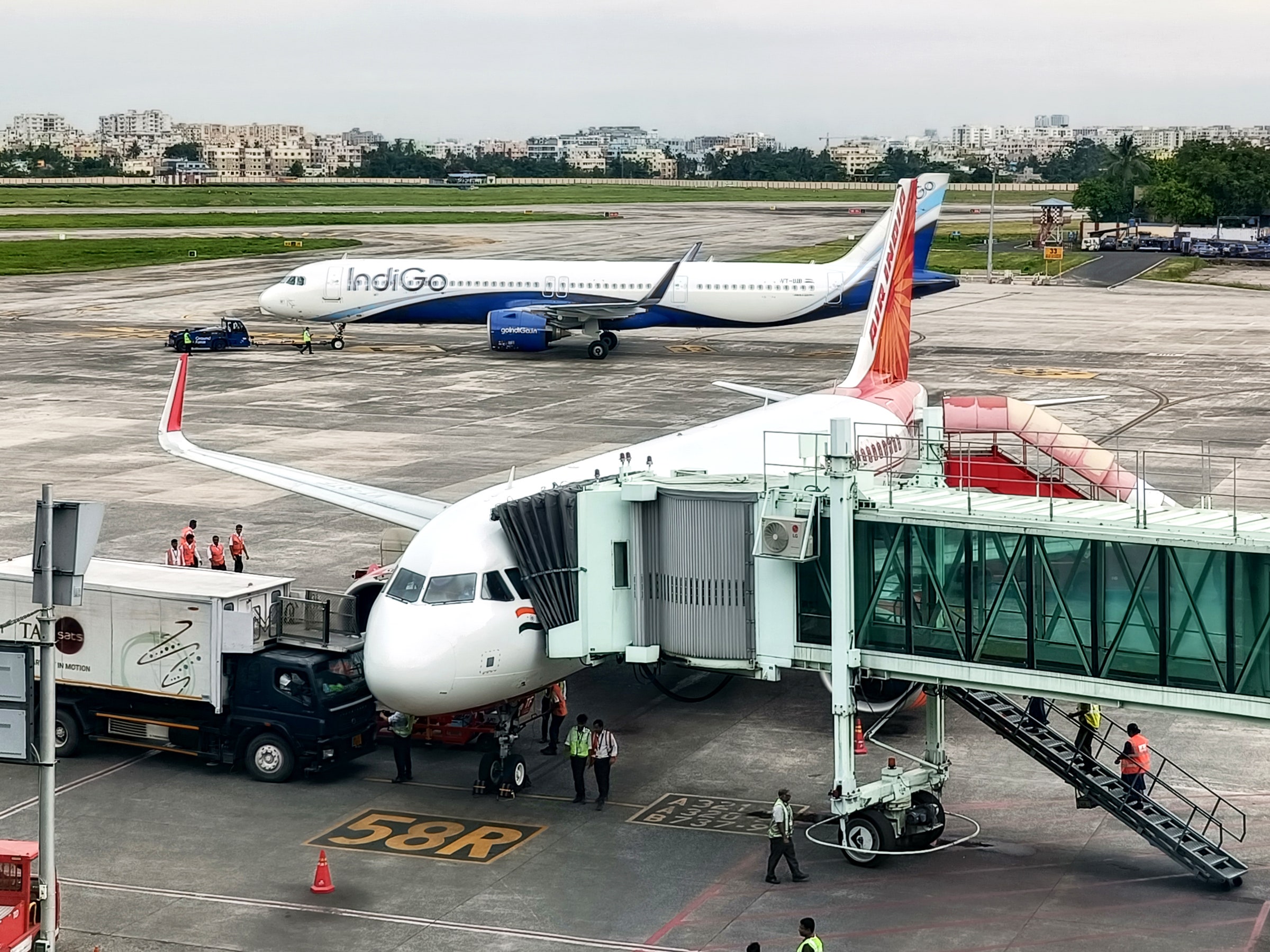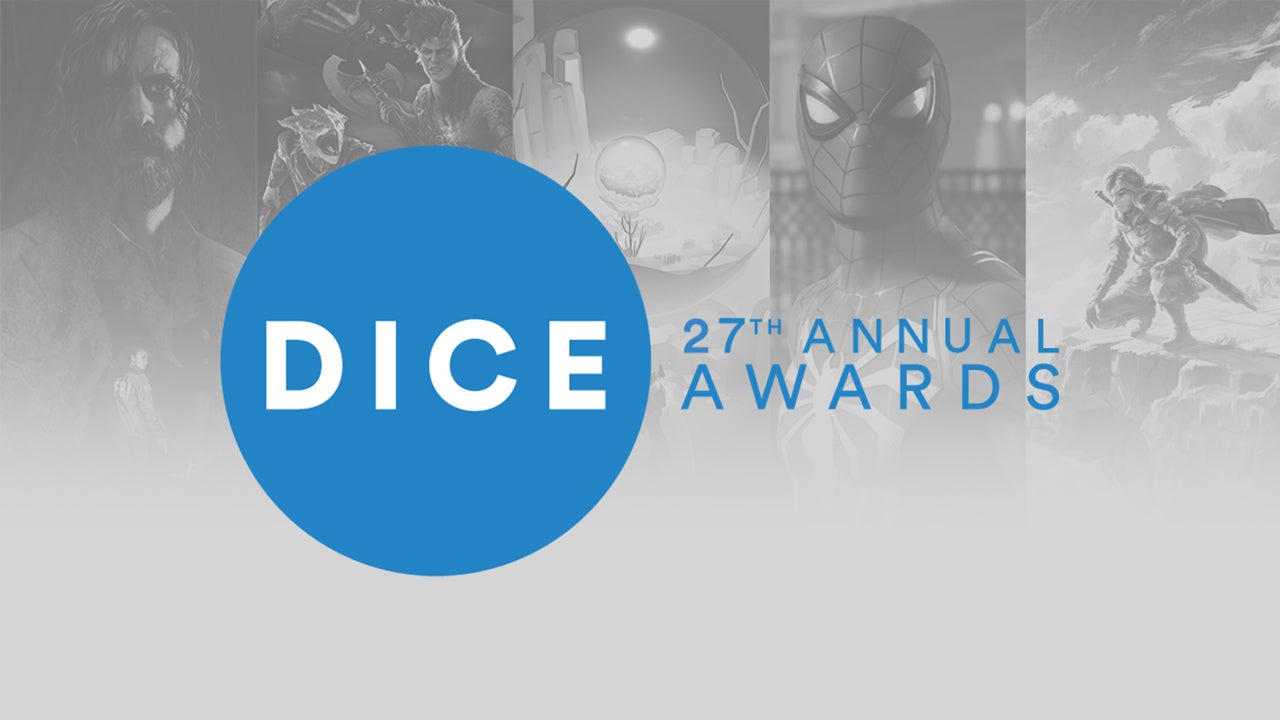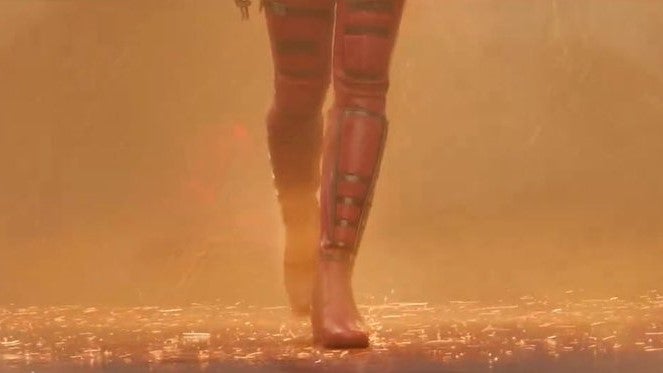There’s something about watching a mobile mosh pit worth of undead targets lurch toward you as if they’re actually there that really gets the blood flowing. That’s why zombie games work so well in VR: at first there’s the overconfident thought that this is no big deal. They’re slow, and you have guns! But as you start to whittle away at the crowd the picture becomes much less rosy: they’re a lot closer, and you have a lot less ammo now. Panic sets in and mistakes happen as you fumble to reload your weapons with ghouls looming in your face. Arizona Sunshine 2 does a great job of putting you in that position and making you struggle to survive. And while it doesn’t do a whole lot other than that, which becomes a tad repetitive, it does make a respectable run at turning the first game’s nameless, one-liner machine of a protagonist into a character with depth – with a little help from his Buddy.
The story campaign – which can be played solo or in two-player co-op – is a straightforward, linear shooter that alternates between about 75% all-out action in which you joyfully reduce throngs of zombies to extremely chunky soup before they do the same to you, and 25% slower-but-still-tense exploration and puzzle solving where you’re collecting weapon after weapon to more effectively puree zombies on your next encounter. It’s well paced, though that can only go so far when you’re talking about a campaign that lasts for more than 15 hours. I can’t say it stays completely fresh when it never introduces any new enemies that aren’t some variant of zombie that moves faster and/or is wearing a hat and is vulnerable to something other than headshots; at the same time, they wouldn’t still be making zombie games at this point if mowing them down ever truly got old, would they?
And with headshot kills this satisfying, it never really gets dull even if it does run dry of surprises. It genuinely is a spectacular explosion of gore, accompanied by one of the splorchiest sound effects to ever do it, often resulting in a zombie going flying in a cartoonish way. That’s when the exaggerated rag doll physics aren’t glitching hilariously and sending them doing amazing cartwheels, which they are prone to doing. When I have my aim dialed in and knock out five or six head shots without reloading, it always feels great.
On that note, aside from the massive graphical upgrade over the original Arizona Sunshine (as you’d expect – it’s been seven years) the biggest change that struck me immediately was the complexity of reloading. Before you could get away with reloading one-handed by ejecting a spent magazine and then bonking a gun against your chest to pop a new one in; in AZ Sunshine 2 you have to eject the magazine, grab a fresh one with the other hand, jam it in, and then chamber a round before you can start firing. Unless, that is, you know what you’re doing and are counting your shots; leave one round in the chamber and you can swap magazines without that last admittedly cool-looking step that can cost you a precious second when every single one counts.
You can hold three guns on you, and having so many options is a treat. I started out preferring the 9mm pea shooters and taking my time to line up headshot after headshot, but gradually gravitated toward the six-shot revolver that can take down any normal zombie with two shots to center mass. There is also everything from uzis to combat shotguns and light machine guns, each with their own unique reloading sequence. At one point I was rocking a flame thrower (with a surprisingly poor-looking flame effect) and a minigun, so there’s certainly some weapons that behave in distinctive ways. The drawback of that, however, is that there were a few shotguns and a grenade launcher I discarded because I couldn’t figure out how to reload them since there didn’t seem to be a pop-up tutorial for those.
Arizona Sunshine 2 is still not exactly going for realism at the cost of fun, though. Dropping a gun from your hand teleports it to your holster, so if you’re holding two pistols and one runs dry, you can simply let go of the other one, use that hand to reload, and then draw your second pistol again. (This also applies to a back-slung, two-handed weapon.) I can only assume this is achieved with powerful magnets, and it’s a huge convenience.
For sure, though, in VR games it’s notoriously easy to mess up and pick up the wrong thing when you’re trying to grasp at objects that aren’t really there, and it always feels bad to die because I accidentally grabbed a sausage instead of a magazine and frantically tried to jam it into my gun (a thing that actually happened). But, aside from the overly long time we’re made to watch the zombies that killed us stand around doing nothing being added to the not-short loading time before getting back in to try it again, that’s not a dealbreaker. And I do appreciate the ability to grab items from a few feet away so you don’t have to bend down constantly (kind of like in Half-Life: Alyx, but shorter range). That’s great, because ammo is spread so liberally in this world that there must be a giant rabbit that poops it.
There are also melee weapons like cleavers, machetes, various axes, and a crowbar (yes, there’s a Half-Life joke when you pick it up), and it’s definitely fun to lodge them in zombie faces for an up close and personal splattering. Though if you’re close enough to use them against enemies who are aware of you, you’re probably getting munched on a bit in the process, and weapons break after splitting a few skulls – Arizona Sunshine 2 is much more about the guns. Your final combat tool is craftable grenades, molotovs, and mines, but you can only carry one in your inventory so they’re more an occasional treat than a regular part of combat. (Crafting is a bit unintuitive and not explained well, but once you learn to make things by smashing pieces together it makes sense.)
The other big change is the presence of Buddy the dog. Yes, you can and should pet him! He is, as we’re constantly reminded by our character every time he kills a zombie on command or retrieves an out-of-reach object to solve a simple puzzle or open a path, a very good boy. He’s also a game-changer in two ways: one being that you can tell him to kill any normal zombie or temporarily pin down a big one. Sometimes you don’t even have to ask, he’ll just tackle one right as you were lining up your shot. That’s super useful when ammo is running short or if you want to thin the herd without activating their comrades, since zombies don’t seem to perceive Buddy at all, even when he’s ripping their throats out over the course of about 10 seconds before you can sic him on the next one.
That’s right: this is not an escort mission and you don’t have to be careful not to shoot Buddy or explode him with a grenade or a molotov cocktail. Like any true friend, Buddy doesn’t care if you hurt him by accident. (Did I mention you can store two extra guns on his adorable combat vest?) My only real complaint about him is that his animations usually glitch out when you tell him to maul a zombie that’s lying on the ground – he just loves to wait for them to stand up so that he can take them right back down.
On top of that, Buddy plays a big role in the story, which is about our desperately lonely character finally finding a friend other than “Fred” – his collective name for zombies – as he tries to link up with other human survivors. In the first game, Fred was the only “person” around to hear his endless stream of Army of Darkness-style quips as he bashed heads in and blew them off, but here he’s talking to someone who doesn’t want to eat his face. It makes his schtick much more tolerable, and even endearing at times, when it could’ve easily become tiresome. There’s something really genuine about his affection for Buddy.
I’ve gotta say, though, this story is entirely incompatible with the fact that you can play the campaign in co-op (which is cross-platform compatible across PC, Quest 2 and 3, and PS VR2). When I revisited a mission with a partner backing me up, one of the first lines I heard my character say was “This is the story of two guys on an adventure.” I thought, wow, it’s adapting to co-op! But then the follow-up was “...Except one of them is a dog.” Oh. It actually doesn’t change at all when there’s a second person there, which is kind of crazy considering the entire story is about this self-described “lone survivor” looking for literally any other human to interact with. He’s right there. It’s indisputably more fun to kill zombies with a second person covering you, but the story works much better when played solo.
Setting that aside, there are a handful of genuinely harrowing moments in which hordes of zombies chase you down – there can easily be dozens coming at you at once, and those were the places where I died several times before I figured out the right moment to use a grenade or molotov to thin out their numbers, or when I was supposed to just run rather than fight. Some of these are pretty obnoxious difficulty spikes – for the most part I cruised through the campaign on the default setting, but then I’d hit an encounter like one where zombies come at you from both sides of a bridge, with you in the middle; that was the one time where, after a dozen or so attempts, I had to turn down the difficulty a notch just to get through. The fact that you can play through the entire campaign in co-op might be to blame for this – I haven’t retried that mission with a partner yet, but I bet it would be much easier if we could watch each other’s backs, even though it’d have even more zombies.
The main activity while not shooting or gathering loot is climbing, which is kind of silly in that you can grab onto handholds and pull yourself around so freely that it’s almost like being in zero gravity. Watching a co-op partner do it is bonkers – their legs just hang there while they climb entirely with their arms. You can even launch yourself by pulling up quickly, using one hand (so the other can carry a melee weapon or extra explosive). But again, it’s nice to have another thing to do to break up the shooting, and it leads to some fun moments like climbing around on the outside of a moving train. Notably, though, there’s no mechanic for climbing down a ladder or hopping down a ledge – it just teleports you even if you’re using the smooth movement option (which I did exclusively).
Speaking of locations, there’s a pretty respectable assortment of them in addition to the Arizona desert countryside, which, as it turns out, is much different when there is less sunshine and you have to fight in the dark. Sewers, stores, a trainyard, an airport, apartment complexes, and more create a decent sense of variety. I wouldn’t say there’s anything so memorable as shooting zombies in a carnival in Left 4 Dead, but Arizona Sunshine 2 does mix it up. I do wish I could manually control my flashlight, though, because a lot of areas are very dark but whatever decides when it turns on automatically thinks differently.
Apart from the campaign, which took me about 17 hours, there’s a single horde mode map (which seems likely to be built upon, based on the previous game) if you want to see how long you and up to three others can hold out against endless waves without the ability to fall back or be saved by a dog. It’s simple but challenging, but it suffers from the usual problem of requiring experienced teams to start from a very slow wave 1 and work your way up to the onslaught, and it’s kind of odd how it keeps you contained to a very small base area in the center with invisible walls. I also saw a bit more hitching in this mode than I did elsewhere, where it was present but infrequent.







